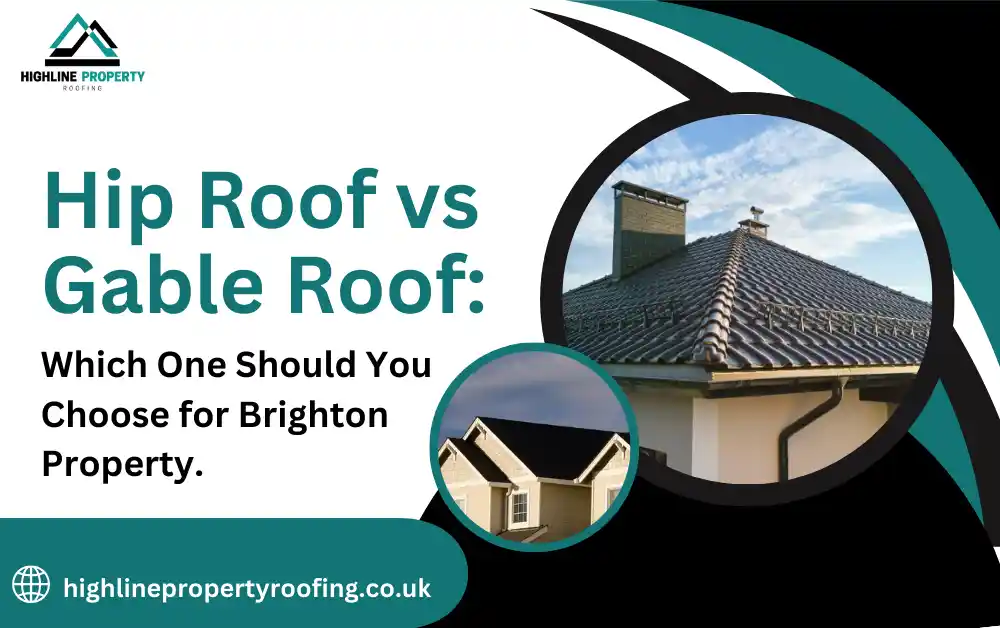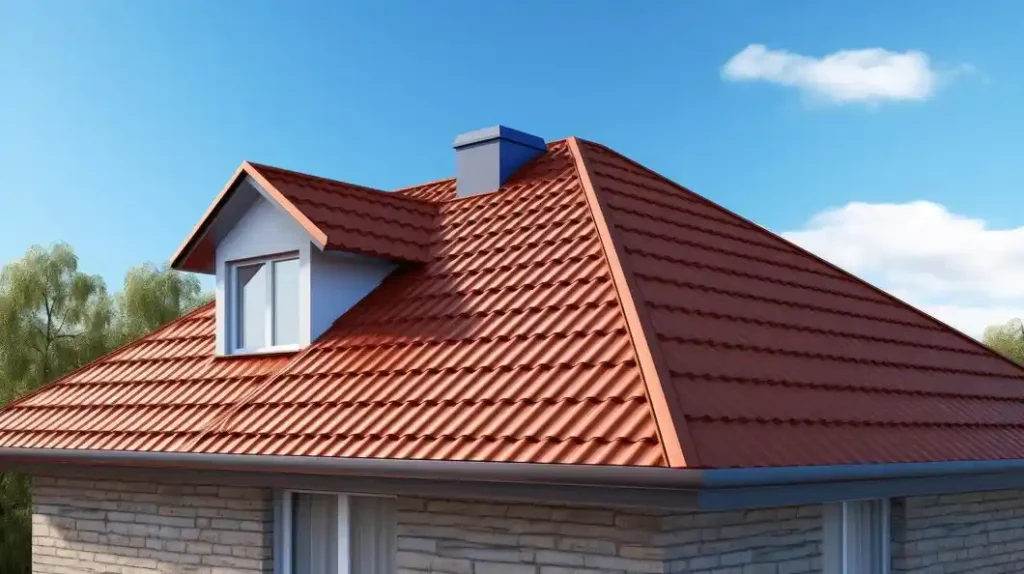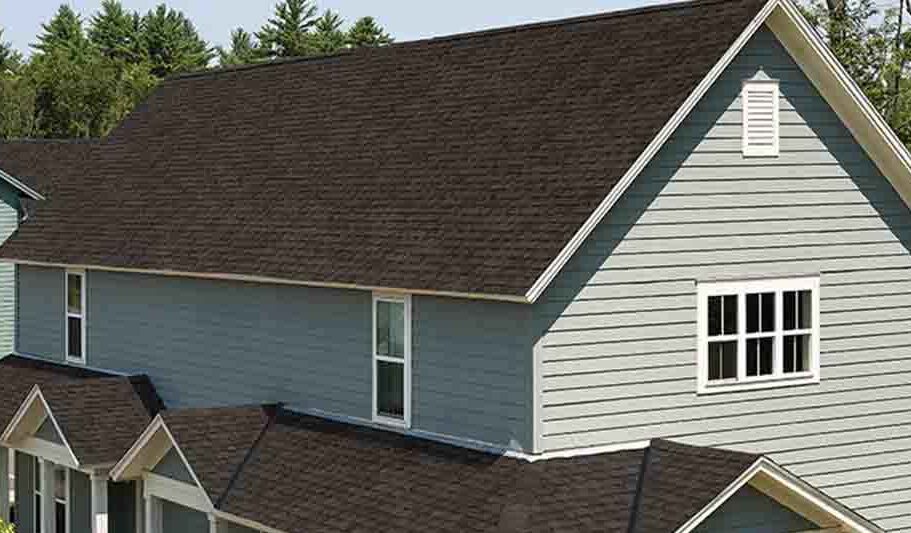Warning: Undefined array key "style" in /home/u595483593/domains/highlinepropertyroofing.co.uk/public_html/wp-content/themes/pearl/partials/header/elements/menu/menu.php on line 79
Warning: Undefined array key "style" in /home/u595483593/domains/highlinepropertyroofing.co.uk/public_html/wp-content/themes/pearl/partials/header/elements/menu/menu.php on line 90
Hip Roof vs Gable Roof: Which One Should You Choose for Brighton Property?

When it comes to choosing the best roof style for your home, you frequently have a choice between a hip roof and a gable roof. These two prominent roofing designs have distinct advantages and are appropriate for a variety of architectural styles, functional requirements, and climates. In this article, we’ll explore the differences between a hip roof and a gable roof, helping you make an informed decision.
What is a Hip Roof?

A hip roof is a design in which all sides slope downward to the walls, creating a gradual and symmetrical slope. This type has a durable and efficient structure, making it ideal for places with strong winds.
Designs:
- Pavilion roof
- Mansard roof
- Tented roof
- Dutch roof
- Half-hip roof
Advantages of a Hip Roof:
- Wind Resistance: Given Brighton’s seaside location, the robust and aerodynamic hip roof design is an excellent choice.
- Extra Space: The inward-sloping form can accommodate additional features such as dormers or a tiny roof.
- Water Drainage: The slope promotes efficient rainwater runoff, lowering the possibility of water pools.
Disadvantages of a Hip Roof:
- Higher cost: Hip roofs often require more materials and labour, making them more expensive than gabled roofs.
- Reduced Ventilation: Because of its enclosed shape, a hip roof may provide less attic ventilation than a gable roof.
What is a Gable Roof?

A gable roof, also known as a pitched or peaked roof, has two sloping sides that meet at a ridge, resulting in triangle walls at either end. This essential and functional design is one of the most popular roof forms in the UK.
Designs:
- Front gable roofs
- Side gable roofs
- Cross gable roofs
Advantages of a Gable Roof:
- Cost-effective: The simplistic design uses fewer materials and labour, making it less expensive.
- Airflow: The triangular form promotes improved airflow, which can help reduce moisture, a typical issue in Brighton homes.
- Design Flexibility: Gabled roofs complement a variety of architectural styles, from modern to classic.
Disadvantages of a Gable Roof:
- Wind: Unlike a hip roof, a gable roof’s triangular ends are vulnerable to strong winds, which can cause damage.
- Maintenance: The steep slopes may necessitate additional work to guarantee stability and longevity.
Choosing Between Hip vs Gable Roof
When choosing between a gable or a hip roof, consider Brighton’s seaside environment and your property’s requirements.
1- Weather Resilience
Brighton receives strong coastal winds; thus, a hip roof is a preferable option for weather resistance. However, if your property is sheltered or located inland, a gable roof might also be effective.
2- Cost Considerations:
A gable roof is typically less expensive. However, the long-term durability of a hip roof may provide more excellent value over time.
3- Architectural Style
Hip roofs are ideal for modern or elegant designs, but gabled roofs enhance old homes.
4- Space requirements
Due to its open construction, a gabled roof may be the best option if attic space or ventilation is essential.
Cost Comparison: Hip Roof vs Gable Roof
The cost difference between flat roof and pitched (hip or gable) types is determined by design intricacy and material choice.
- Hip Roof: Additional materials and labour are required, resulting in more significant expenses. Hip roofs typically cost 20-30% more than gable roofs.
- Gable Roof: The more straightforward design reduces material and construction costs.
For precise pricing, speak with a Brighton roofing contractor who is familiar with both hip roof roofing and gabled roof installations.
Which Roof Type Is Best for Your Property?
When comparing hip roofs to gable roofs, consider the following:
- Weather Conditions: Brighton’s windy climate enhances the longevity of a hip roof.
- Aesthetic preferences: A gable roof compliments traditional homes, while a hip roof is more appropriate for newer properties.
- Budget: If cost is an issue, a gabled roof provides savings without sacrificing functionality.
Conclusion
The choice between a hip roof and a gable roof is ultimately determined by your home’s individual needs, budget, and architectural style. A hip roof is suitable for houses that require wind resistance and modern looks, whilst a gabled roof provides affordability and versatility.
Consider hiring skilled roofing contractors who understand the local climate and construction codes. By evaluating the benefits and drawbacks of hip and gabled roof types, you can make an informed decision to increase your home’s value and durability.
FAQs
1- Is a hip roof more expensive than a gable roof?
Yes, hip roof roofing is generally more expensive due to its complex design and additional materials. However, its durability can offer long-term savings.
2- Which roof type is better for Brighton’s windy conditions?
A hip roof is better suited for coastal winds, thanks to its aerodynamic design.
3- Can I install solar panels on both hip and gable roofs?
Yes, both hip roofs and gabled roofs can accommodate solar panels, but installation might be more straightforward on the larger flat surfaces of a gabled roof.
